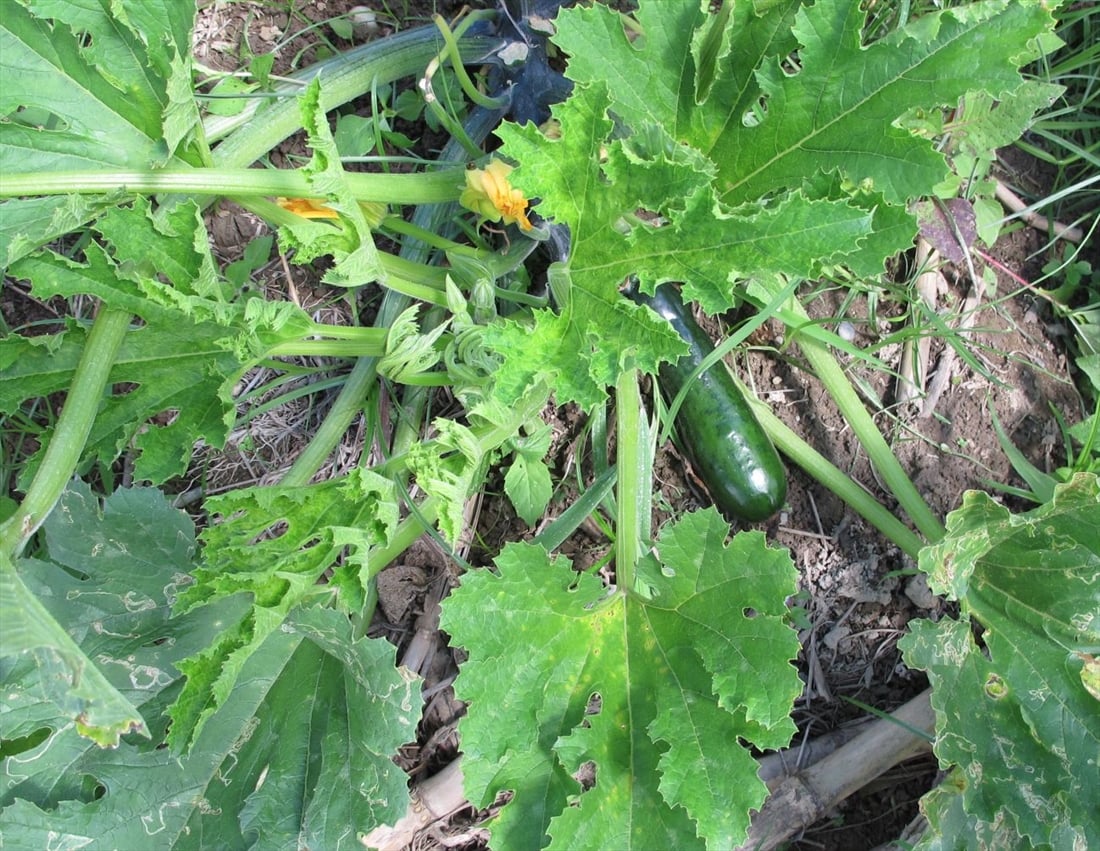Prime
How farmers can benefit from greenhouse farming

James Kabwama, a flower farmer in his garden. Greenhouse gardens are an important aspect to control the growth of plants. Photo | Shabibah Nakirigya.
What you need to know:
- Greenhouse farming is a type of agriculture system that uses structures called greenhouses to help control environmental conditions and improve crop production. In some areas greenhouse farming has been transformed over the years into vast fields of crops.
As farmers move forward to adopt new methods of farming, greenhouse farming is one of the farming method which has helped farmers with unstable weather to gain from farming.
Greenhouse farming is a type of agriculture system that uses structures called greenhouses to help control environmental conditions and improve crop production. In some areas greenhouse farming has been transformed over the years into vast fields of crops.
James Kabwama says that greenhouse farming is one type of agriculture that has recently seen a surge in popularity. With greenhouse farming, farmers need glass , polythene bags or plastic structures to grow plants indoors.
“Greenhouse farming is an agricultural technology that uses controlled environments to grow crops. The greenhouse allows for year-round plant cultivation, enabling farmers to produce crops near where they are consumed,” he says
He says that greenhouse farming has become a popular and profitable way to produce crops in Uganda. The greenhouse farmers use heating and cooling systems to maintain the desired temperature for the plants.
Kabwama explains that greenhouse farming has several benefits and these include: reducing the need for land, need for water, and the need for pesticides.
Benefits of greenhouse
Mr Kabwama says that greenhouse farming is an agricultural production system where crops are grown in enclosed, artificially heated environments. The primary benefits of greenhouse farming are that it allows growers to produce crops year-round in locations where otherwise the weather would not be suitable.
“Since greenhouse farming deals with heat and cold it can help the farmers to produce crops yearly being dry or wet season, green house farming is also easy to manage for pests and change in weather,” he says
Kabwama says that the most common use for greenhouse agriculture is to grow vegetables and flowers. This type of farming is popular because it allows farmers to produce large quantities of products in a relatively small space, which can benefit them economically and environmentally.
“One of the most significant benefits of greenhouse agriculture is its ability to keep crops warm throughout the winter. In areas with colder climates, greenhouse farming can help to ensure that food remains available all year round. Additionally, because plants are kept warmer, they typically produce larger yields than outdoors in the same conditions,” he says
Kabwama adds that greenhouse farming is more resilient to climate change than traditional agriculture. As the world warms up, it becomes easier for plants to grow in cold climates and harder for them to grow in hot climates.
“As well as producing larger yields, greenhouse farmers have greater control over their product quality. This is because they can tweak environmental parameters such as light exposure and humidity levels to create the desired effect on their plants,” he says
Kabwama says that some cases greenhouse farming leads to the development of new varieties of plants specifically tailored for indoor growing conditions. In addition, greenhouse farming relies on natural light rather than artificial light, which reduces energy needs and improves air quality.
How it works
Mr Kabwama says that greenhouse uses artificial environments like glass or plastic structures to grow plants. These large structures use heat and sunlight to help the plants grow.
“The main advantage of greenhouse farming is that it allows farmers to produce crops year-round in different parts of the country, the process of greenhouse farming starts with choosing the right crops for the environment,” he says
Kabwama adds that crops recommended for green house farming include; tomatoes, cucumber, flowers and green pepper they all need sun, cold and warm temperatures which can be created by green house.
Challenges of greenhouse farming
Mr Kabwama says that there are several challenges associated with greenhouse farming, however. One issue is that the cost of energy and materials used in greenhouse farming is higher than in traditional agriculture techniques.
“While using greenhouse farming there is need to have research to find new ways to improve crop production using greenhouses. When you incur more costs while preparing for crops it means even the production must increase,” he says
Kabwama adds that lack of land is one of the biggest obstacles to greenhouse farming .
“Additional on land greenhouse farming requires precise environmental controls to maintain a consistent temperature and humidity throughout the facility. If these controls are not maintained, plant diseases can spread rapidly, and yields will suffer,” he says.
He adds that another problem with greenhouse farming is the heat. Greenhouse farmers use heating systems to keep the plants warm which can lead to problems such as stress among the plants, which can cause them to grow slowly or die.
Common types
Open air structure
This is the most common type of greenhouse with glass or plastic walls. These greenhouses can be used to grow many different crops, but they are best known for their ability to produce vegetables and flowers.
Automatic greenhouses
These automated systems regulate temperature and humidity levels inside the structure. These greenhouses can be used to grow a wider variety of plants.
Solar greenhouses
These use artificial sunlight to help plants photosynthesise energy.Solar greenhouses use panels to capture sunlight and funnel it into the ground or roof of the building where plants are growing.




